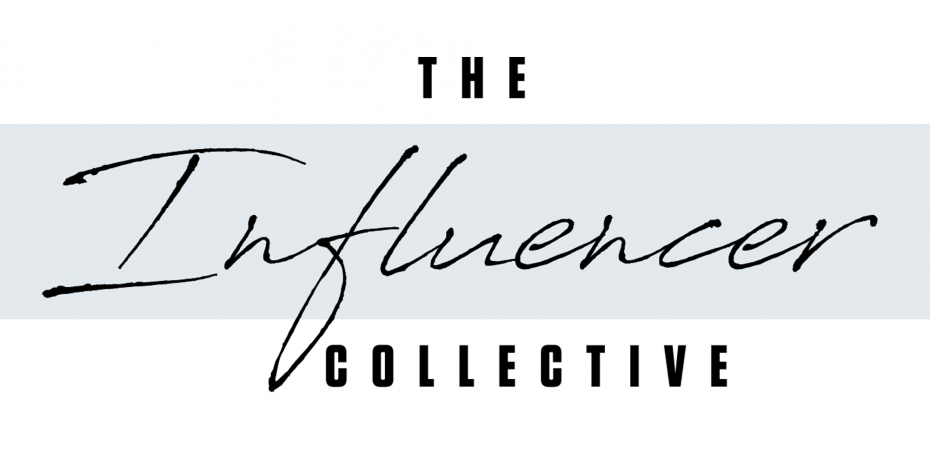October 22, 2019
| Article | by Lisa Throckmorton | Public Relations
A Quick PR Guide to Pitching Under Embargo
Our PR clients have had big news to share this year and, along with it, our public relations team has had the opportunity to pitch news to reporters under embargo.
In the world of media relations, an embargo is when you share news in advance of its release date with a provision that keeps reporters from covering the news until a specific date and time. The primary driver for doing this is to have multiple pieces of coverage that publish the minute your news goes live.
My friend and former colleague, Jennifer Edgerly, Senior Director of Communications at EverFi, and I recently discussed embargoes and how this media strategy is often misunderstood. I invited her to sit down and chat with me about best practices for embargo pitching.
Q: What is the difference between an embargo and an exclusive?
A: Exclusives limit you to sharing the news with just one news outlet – you promise one specific publication that they and they alone will publish your news at an agreed upon date and time. News under embargo can be pitched to countless reporters who then accept (or pass) on the story. If they like what they see, they will then agree to hold the news until an established date and time of your choosing.
Q: So, what are some things to think about if you’re considering releasing news under embargo?
A: Embargoes can be particularly effective when you’ve got a big announcement and want to give the journalist(s) time to review the content, conduct interviews, and write their story in advance. The idea behind an embargo is that you are giving the journalist a head start, with the ultimate goal being that the story would publish just after your news goes live. This extra time generally also leads to a better, more fully-featured and well-thought-out story.
Note that the keyword here is “news.” If you want reporters to be interested you have to be giving them something that is newsworthy and not just general thought leadership. Product launches, significant new hire announcements, and compelling survey or research results all make for interesting topics.
Q: How do you keep everyone on the same page?
A: Once you’ve decided to pursue pitching under embargo, it’s crucial to have open and transparent communication with reporters. Make sure that the date and time the embargo lifts is clear in every communication and on every piece of content they receive – emails, press releases, etc. Be sure to let reporters know if the collateral you are sharing with them is final or if there may be changes (hopefully minor) between when they receive the documents and when the news goes live.
Q: How much should you share?
A: The amount of information you need to include in your initial email pitch largely depends on how well-known your company is. If you are pitching an embargoed announcement from, let’s say, Apple, you likely don’t have to say much more in your initial email than “Apple has a big announcement coming out on (date)” and “would you be interested in seeing an advance copy under embargo?”
However, not every company is Apple, and oftentimes it’ll be necessary to include some key points in your email that get the reporter interested without giving away so much that they guess your news and run with it in advance. Once you get the “yes” you were after, be sure to reiterate the embargo date and time in your follow-up email, which should also include all of the necessary materials to help the reporter flesh out their story.
It should also be noted that sometimes a reporter may go rogue and break an embargo. This situation is rare as it can destroy a relationship between a journalist and a source/company but it is a possibility. If you find yourself in this unlucky situation, the best thing you can do is make sure you have a trail to show that the embargo terms were accepted and communicate the news to your internal stakeholders/client as soon as possible, openly and honestly. Sadly, there are not many options when this happens, but most journalists respect embargoes.
Q: What contingencies should you plan for?
A: In an ideal world, all will go according to plan, reporters will accept and honor the embargo, and your company’s news will go out at the exact time it was slated for. Sadly, we don’t live in an ideal world and sometimes things do change, embargo dates get shifted, and release times get pushed later.
Don’t panic! Instead, contact the reporter(s) you’ve been in touch with as soon as possible. Be as open and transparent as you can be. Don’t try to disguise what’s happening, don’t make excuses, and definitely don’t lie! Most reporters are just trying to do their job and aren’t out to sabotage you or your story.
Unfortunately, sometimes what happens next is out of your control. Occasionally there may be the odd reporter who decides they are no longer willing to hold the story and they are going to press no matter what. If you find yourself in that situation, my best advice is to take a deep breath and pour yourself a stiff drink.
Q: What shouldn’t you do during this process?
A: You should never break the embargo by giving someone else exclusive access. To me this is inconceivable because my success as a PR professional is directly tied to my relationships with reporters and their ability to trust me.
It’s our job as PR pros to educate our clients (or internal stakeholders) about what it means to pitch under embargo and to get them to agree with the strategy. Not every announcement is worthy of an embargo, but when you have big news, embargoes can be incredibly effective in giving you a significant coverage boost on the day the news drops.

